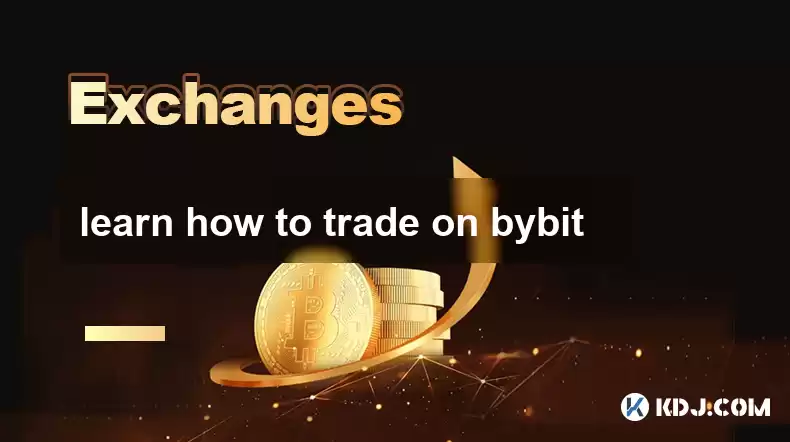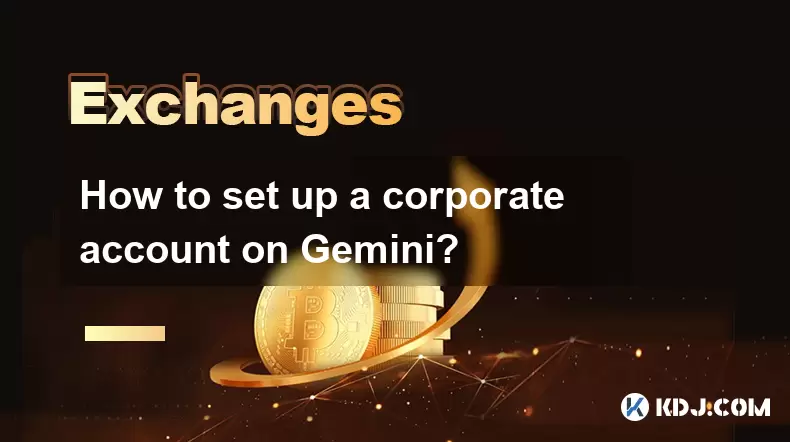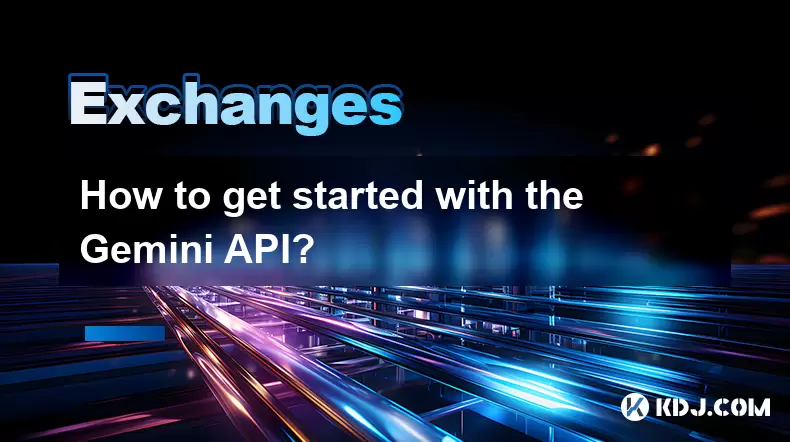-
 Bitcoin
Bitcoin $114100
-0.14% -
 Ethereum
Ethereum $3635
-0.73% -
 XRP
XRP $2.949
-2.85% -
 Tether USDt
Tether USDt $0.9999
-0.03% -
 BNB
BNB $760.3
-0.78% -
 Solana
Solana $163.8
-2.77% -
 USDC
USDC $0.9998
-0.04% -
 TRON
TRON $0.3323
-0.57% -
 Dogecoin
Dogecoin $0.2004
-2.99% -
 Cardano
Cardano $0.7245
-2.87% -
 Hyperliquid
Hyperliquid $37.52
-3.75% -
 Stellar
Stellar $0.3915
-3.58% -
 Sui
Sui $3.416
-2.20% -
 Bitcoin Cash
Bitcoin Cash $559.5
-0.84% -
 Chainlink
Chainlink $16.41
-2.16% -
 Hedera
Hedera $0.2406
-1.78% -
 Ethena USDe
Ethena USDe $1.001
0.00% -
 Avalanche
Avalanche $22.13
-1.98% -
 Litecoin
Litecoin $117.8
-4.32% -
 UNUS SED LEO
UNUS SED LEO $8.989
0.01% -
 Toncoin
Toncoin $3.183
-5.09% -
 Shiba Inu
Shiba Inu $0.00001214
-1.97% -
 Uniswap
Uniswap $9.654
-1.71% -
 Polkadot
Polkadot $3.616
-1.18% -
 Monero
Monero $291.6
-2.66% -
 Dai
Dai $0.9999
0.00% -
 Bitget Token
Bitget Token $4.310
-1.10% -
 Cronos
Cronos $0.1382
-1.93% -
 Pepe
Pepe $0.00001021
-3.40% -
 Aave
Aave $257.9
-1.42%
learn how to trade on bybit
Bybit offers high leverage trading and various derivatives; this guide helps beginners set up an account, navigate the platform, and manage risks effectively.
Mar 26, 2025 at 03:50 pm

Learn How to Trade on Bybit
Bybit is a popular cryptocurrency exchange known for its high leverage trading and various derivative products. This guide will walk you through the process of setting up an account and navigating the platform, focusing on the aspects relevant to trading. It won't cover every single feature, but it will provide a solid foundation for beginners.
Setting Up Your Bybit Account
Before you can start trading, you need a Bybit account. This process is relatively straightforward:
- Visit the Bybit website and click on "Register."
- Provide your email address and create a strong password. Ensure you choose a password that's unique and difficult to guess.
- Complete the verification process, which may involve providing identification documents. This is crucial for security and compliance. Bybit adheres to KYC (Know Your Customer) regulations.
- Once verified, you can deposit funds into your account. Bybit supports various cryptocurrencies. Choose a deposit method that's convenient and secure for you.
Understanding Bybit's Trading Interface
Bybit offers a user-friendly interface, but it can still seem overwhelming at first. Familiarize yourself with the key elements:
- Order Book: This shows the current bids and asks for a specific cryptocurrency pair. It's essential for understanding market depth and price movement.
- Chart: Bybit provides various charting tools to analyze price trends. Learn to use indicators like moving averages and RSI to inform your trading decisions. Understanding technical analysis is crucial for successful trading.
- Order Types: Bybit supports various order types, including market orders (executed immediately at the current market price), limit orders (executed only when the price reaches your specified level), and stop-loss orders (automatically sell when the price drops below a certain level). Choosing the right order type is vital for risk management.
Navigating Bybit's Trading Features
Bybit offers a range of trading features that cater to different trading styles and risk tolerances. Understanding these features is key to utilizing the platform effectively:
- Leverage: Bybit allows you to trade with leverage, meaning you can control a larger position than your actual account balance. However, leverage amplifies both profits and losses, so use it cautiously. Start with low leverage until you gain experience.
- Margin Trading: This involves borrowing funds from Bybit to increase your trading power. Understand the risks associated with margin trading before using it. Always manage your risk carefully.
- Derivatives Trading: Bybit offers various derivative products like perpetual contracts and futures contracts. These allow you to speculate on the future price of cryptocurrencies. Thoroughly research derivative trading before engaging in it. It's a complex area.
Placing Your First Trade
After familiarizing yourself with the interface and features, you can place your first trade. Remember to follow these steps:
- Choose a trading pair: Select the cryptocurrency pair you want to trade (e.g., BTC/USDT).
- Select an order type: Choose the order type that best suits your trading strategy.
- Enter the quantity: Specify how much of the cryptocurrency you want to buy or sell.
- Set the price (if using a limit order): If placing a limit order, specify the price at which you want the order to be executed.
- Review your order: Before confirming, double-check all the details to ensure accuracy.
- Place your order: Click the "Buy" or "Sell" button to execute your trade.
Managing Your Risk
Risk management is paramount in cryptocurrency trading. Here are some essential strategies:
- Diversification: Don't put all your eggs in one basket. Spread your investments across multiple cryptocurrencies.
- Position Sizing: Only risk a small percentage of your capital on any single trade.
- Stop-Loss Orders: Always use stop-loss orders to limit your potential losses.
- Take-Profit Orders: Set take-profit orders to lock in profits when your trade reaches your target price.
- Regularly Review Your Portfolio: Monitor your trades and adjust your strategy as needed.
Understanding Fees on Bybit
Bybit charges fees on trades, which vary depending on your trading volume and the specific cryptocurrency pair. Familiarize yourself with Bybit's fee structure to accurately calculate your potential profits and losses. Always factor trading fees into your trading calculations. These can significantly impact your returns.
Advanced Trading Strategies on Bybit
Once you're comfortable with the basics, you can explore more advanced trading strategies:
- Arbitrage: Exploiting price differences between different exchanges.
- Scalping: Making quick profits from small price movements.
- Swing Trading: Holding positions for a few days or weeks.
- Technical Analysis: Using charts and indicators to predict price movements.
- Fundamental Analysis: Evaluating the underlying value of a cryptocurrency. Remember that advanced strategies require extensive knowledge and experience.
Frequently Asked Questions
Q: Is Bybit a safe exchange?
A: Bybit employs robust security measures, including two-factor authentication (2FA) and cold storage for user funds. However, no exchange is entirely risk-free. Always practice good security habits.
Q: What are the fees on Bybit?
A: Bybit's fees vary depending on your trading volume and the specific cryptocurrency pair. Check their website for the most up-to-date fee schedule. Fees are a crucial factor in profitability.
Q: What is leverage trading, and is it risky?
A: Leverage allows you to control a larger position than your account balance. While it can amplify profits, it also significantly increases losses. Use leverage cautiously and only if you understand the risks.
Q: What are perpetual contracts?
A: Perpetual contracts are derivative products that track the price of an underlying asset (like Bitcoin) without an expiry date. They are complex instruments and should be approached with caution.
Q: How do I deposit funds into my Bybit account?
A: Bybit supports various cryptocurrencies for deposits. The exact method depends on the cryptocurrency you're using. Refer to Bybit's help section for detailed instructions.
Q: What is KYC verification, and why is it required?
A: KYC (Know Your Customer) is a regulatory requirement for many exchanges, including Bybit. It involves verifying your identity to prevent fraud and comply with anti-money laundering regulations. It's a necessary step to use the platform.
Disclaimer:info@kdj.com
The information provided is not trading advice. kdj.com does not assume any responsibility for any investments made based on the information provided in this article. Cryptocurrencies are highly volatile and it is highly recommended that you invest with caution after thorough research!
If you believe that the content used on this website infringes your copyright, please contact us immediately (info@kdj.com) and we will delete it promptly.
- Acapulco Crafts in Crisis: Sales Plummet, Artisans Struggle
- 2025-08-06 14:30:12
- SEC, Crypto & Bitwise CIO: A New Dawn?
- 2025-08-06 14:35:11
- Coinbase, Financing, and the Crypto Market: Navigating Choppy Waters in NYC Style
- 2025-08-06 12:50:11
- Bitcoin in Indonesia: Crypto Education and Economic Strategy
- 2025-08-06 12:50:11
- DeriW Mainnet: Zero Gas Fees Revolutionize On-Chain Derivatives Trading
- 2025-08-06 10:30:11
- IOTA, Cloud Mining, and Eco-Friendly Crypto: A New York Investor's Take
- 2025-08-06 10:30:11
Related knowledge

How to set and manage alerts on the Gemini app?
Aug 03,2025 at 11:00am
Understanding the Gemini App Alert SystemThe Gemini app offers users a powerful way to stay informed about their cryptocurrency holdings, price moveme...

How to use the Gemini mobile app to trade on the go?
Aug 04,2025 at 09:14am
Setting Up the Gemini Mobile AppTo begin trading on the go using the Gemini mobile app, the first step is installing the application on your smartphon...

How to set up a corporate account on Gemini?
Aug 05,2025 at 03:29pm
Understanding Gemini Corporate AccountsGemini is a regulated cryptocurrency exchange platform that supports both individual and corporate account crea...

What to do if you forgot your Gemini password?
Aug 04,2025 at 03:42am
Understanding the Role of Passwords in Gemini AccountsWhen using Gemini, a regulated cryptocurrency exchange platform, your password serves as one of ...

What are the websocket feeds available from the Gemini API?
Aug 03,2025 at 07:43pm
Overview of Gemini WebSocket FeedsThe Gemini API provides real-time market data through its WebSocket feeds, enabling developers and traders to receiv...

How to get started with the Gemini API?
Aug 05,2025 at 12:35pm
Understanding the Gemini API and Its PurposeThe Gemini API is a powerful interface provided by the cryptocurrency exchange Gemini, enabling developers...

How to set and manage alerts on the Gemini app?
Aug 03,2025 at 11:00am
Understanding the Gemini App Alert SystemThe Gemini app offers users a powerful way to stay informed about their cryptocurrency holdings, price moveme...

How to use the Gemini mobile app to trade on the go?
Aug 04,2025 at 09:14am
Setting Up the Gemini Mobile AppTo begin trading on the go using the Gemini mobile app, the first step is installing the application on your smartphon...

How to set up a corporate account on Gemini?
Aug 05,2025 at 03:29pm
Understanding Gemini Corporate AccountsGemini is a regulated cryptocurrency exchange platform that supports both individual and corporate account crea...

What to do if you forgot your Gemini password?
Aug 04,2025 at 03:42am
Understanding the Role of Passwords in Gemini AccountsWhen using Gemini, a regulated cryptocurrency exchange platform, your password serves as one of ...

What are the websocket feeds available from the Gemini API?
Aug 03,2025 at 07:43pm
Overview of Gemini WebSocket FeedsThe Gemini API provides real-time market data through its WebSocket feeds, enabling developers and traders to receiv...

How to get started with the Gemini API?
Aug 05,2025 at 12:35pm
Understanding the Gemini API and Its PurposeThe Gemini API is a powerful interface provided by the cryptocurrency exchange Gemini, enabling developers...
See all articles

























































































